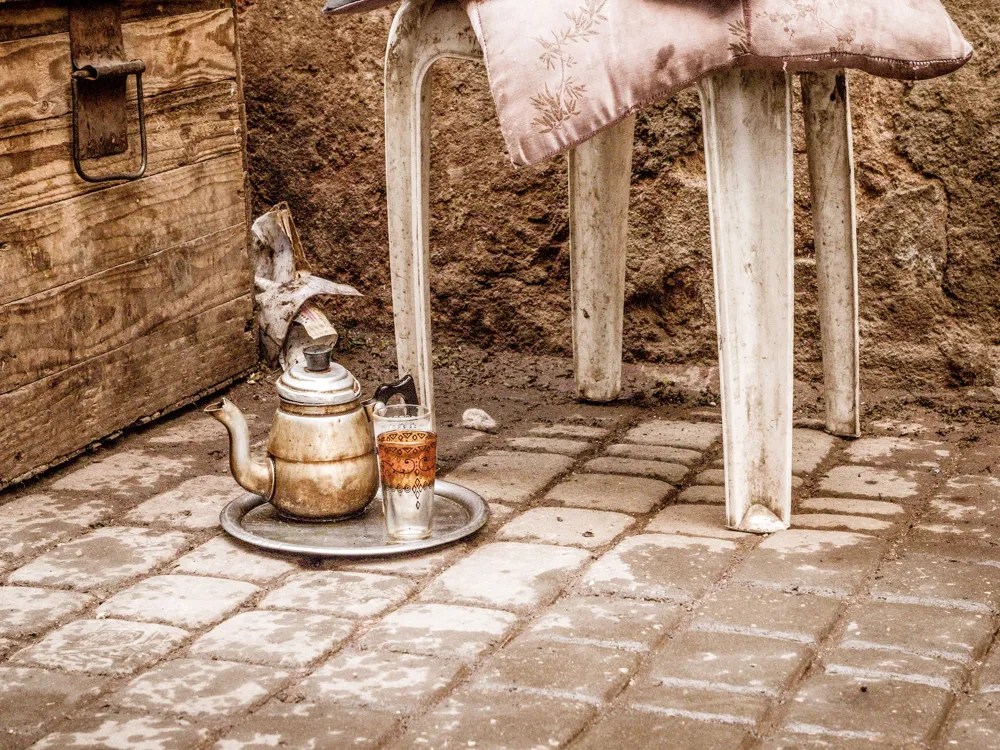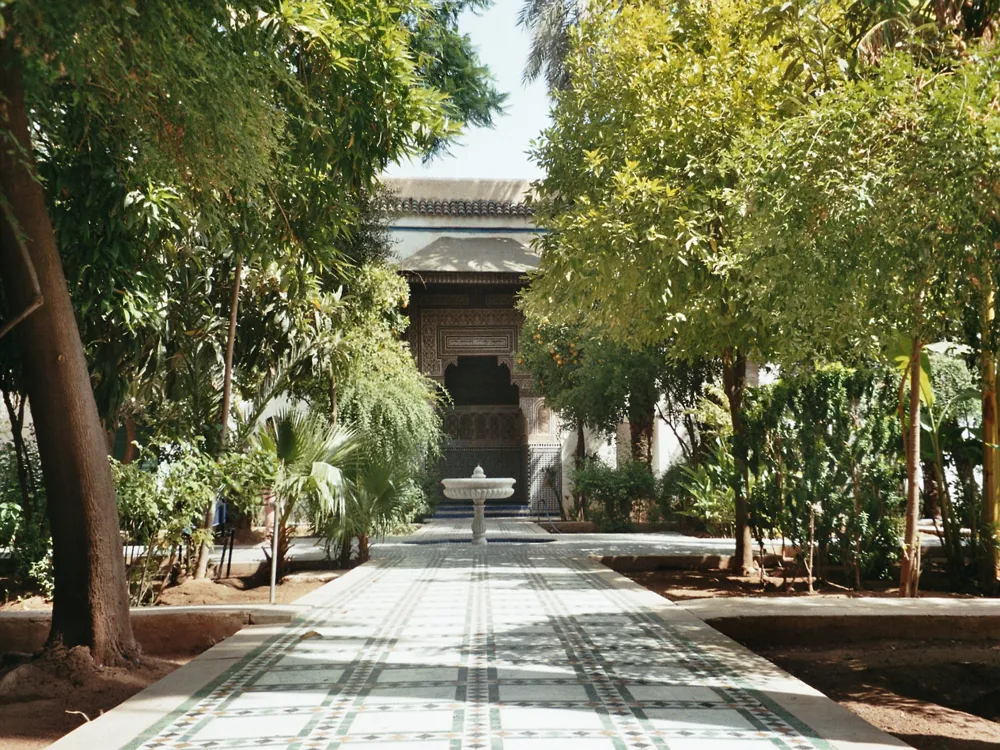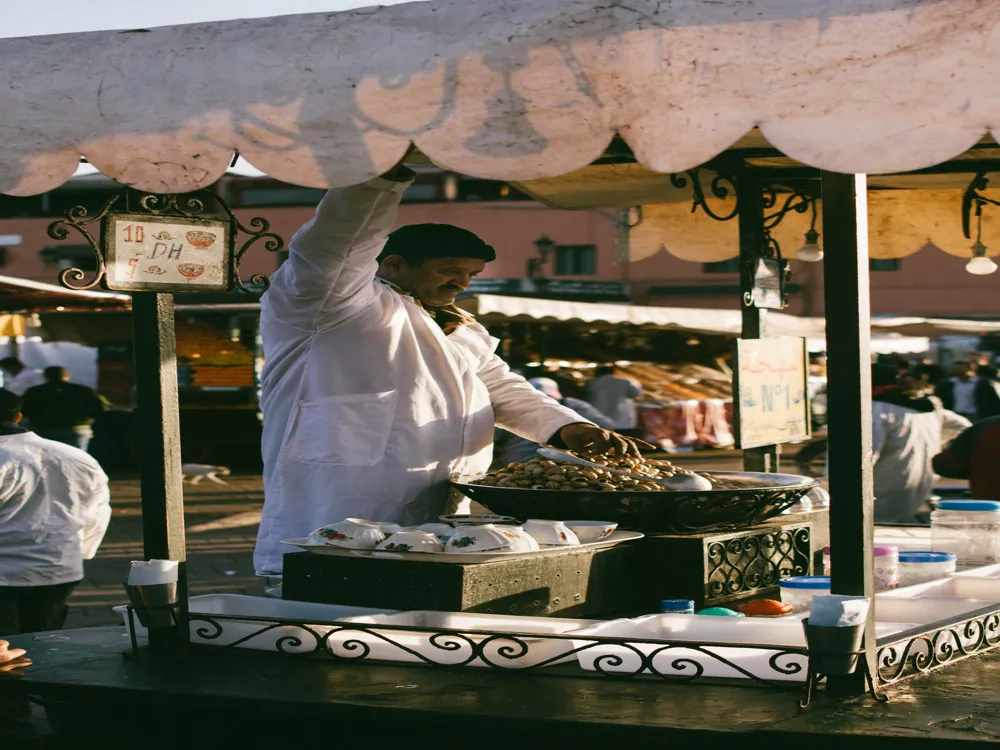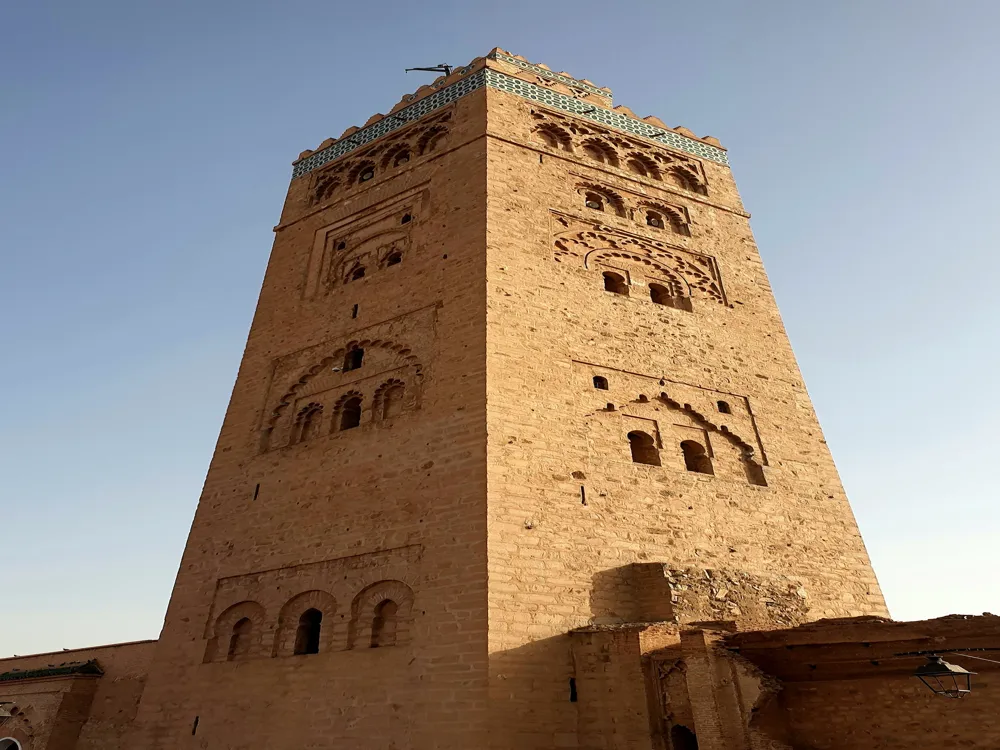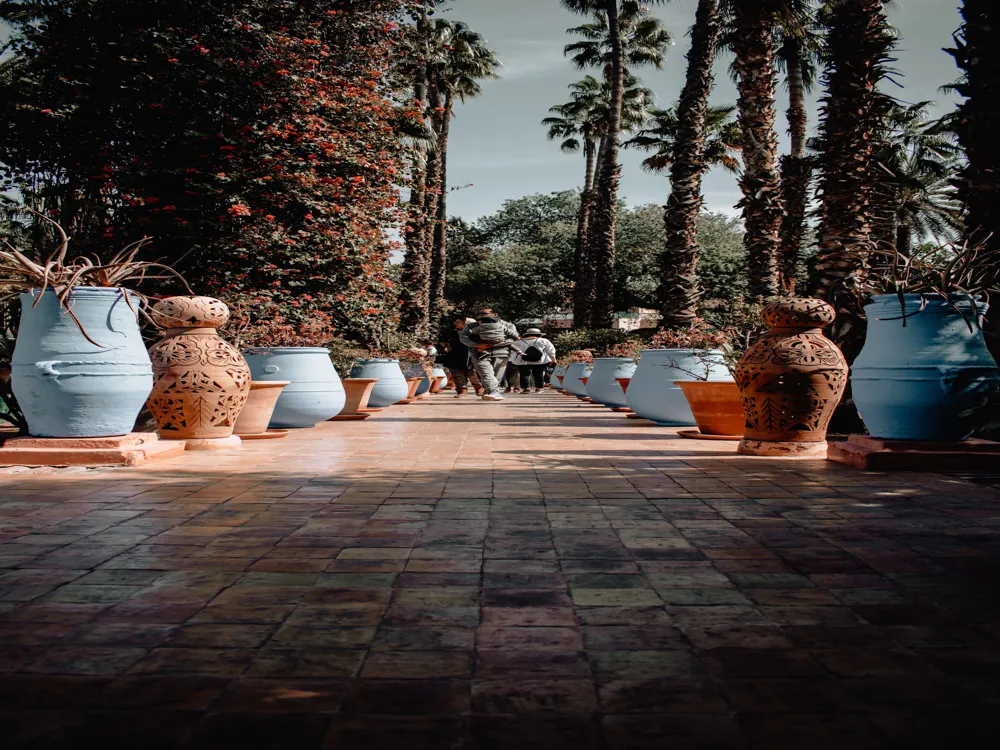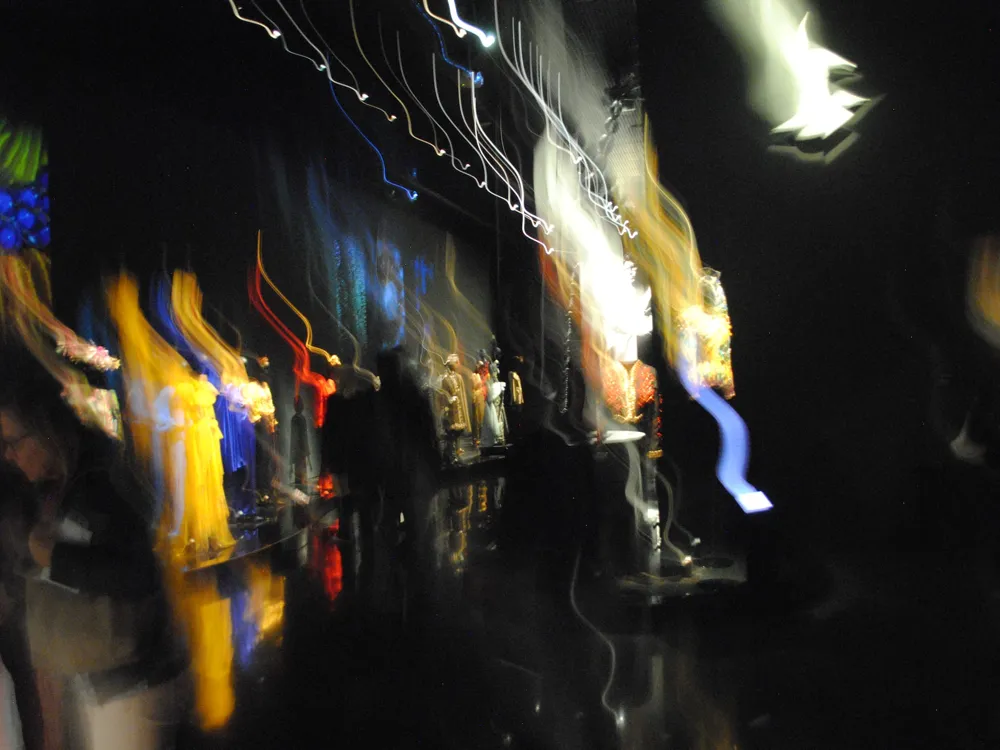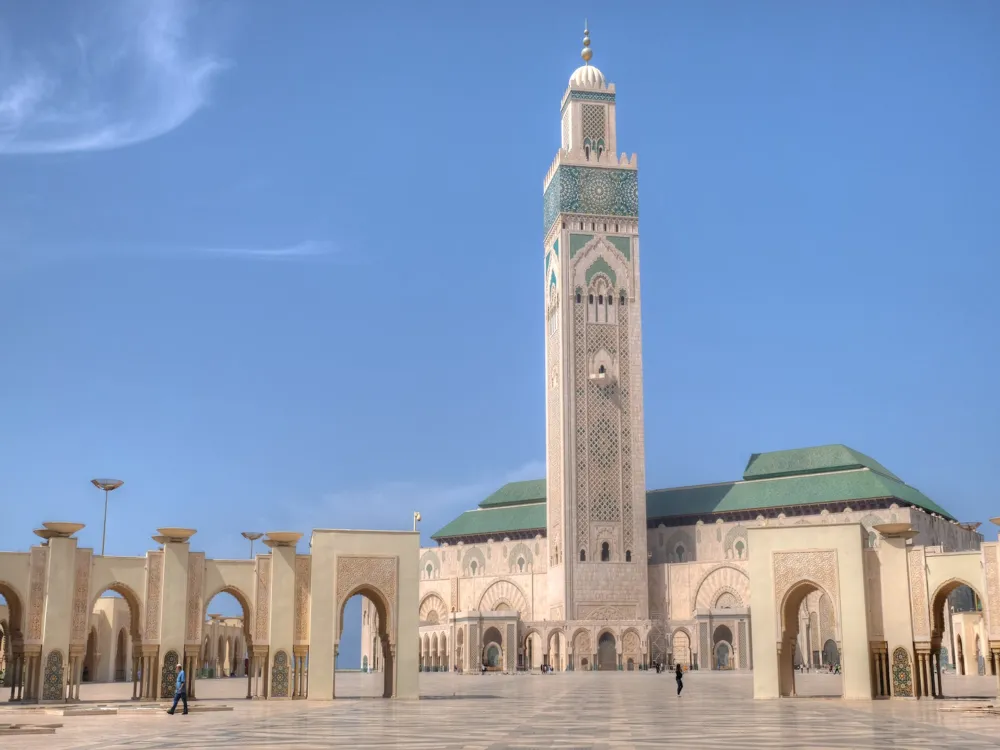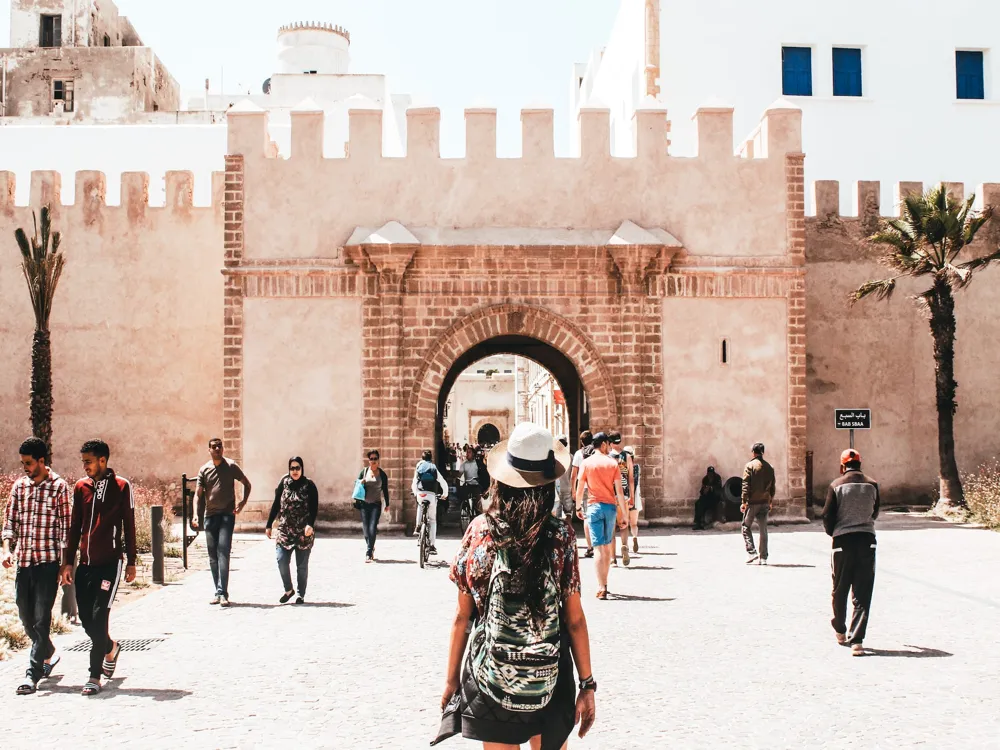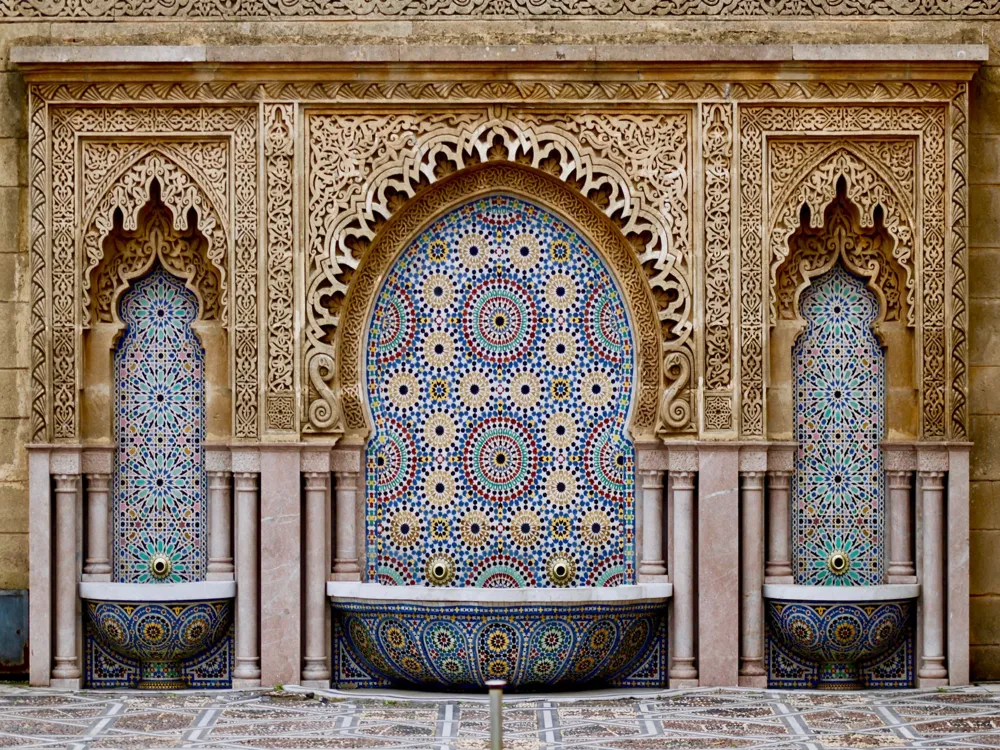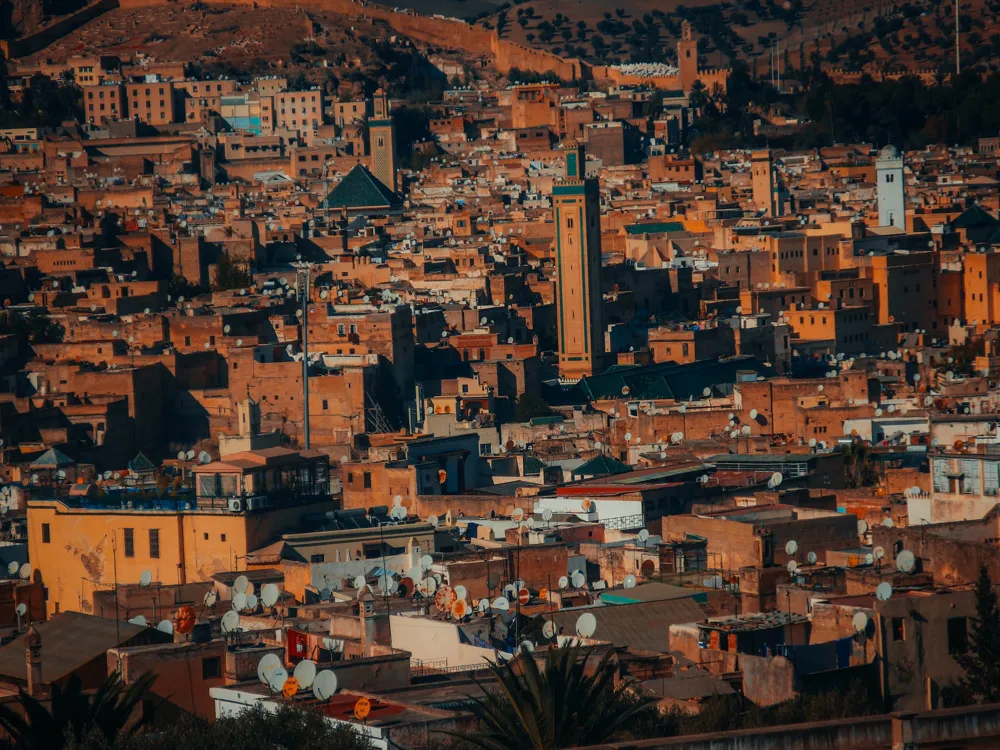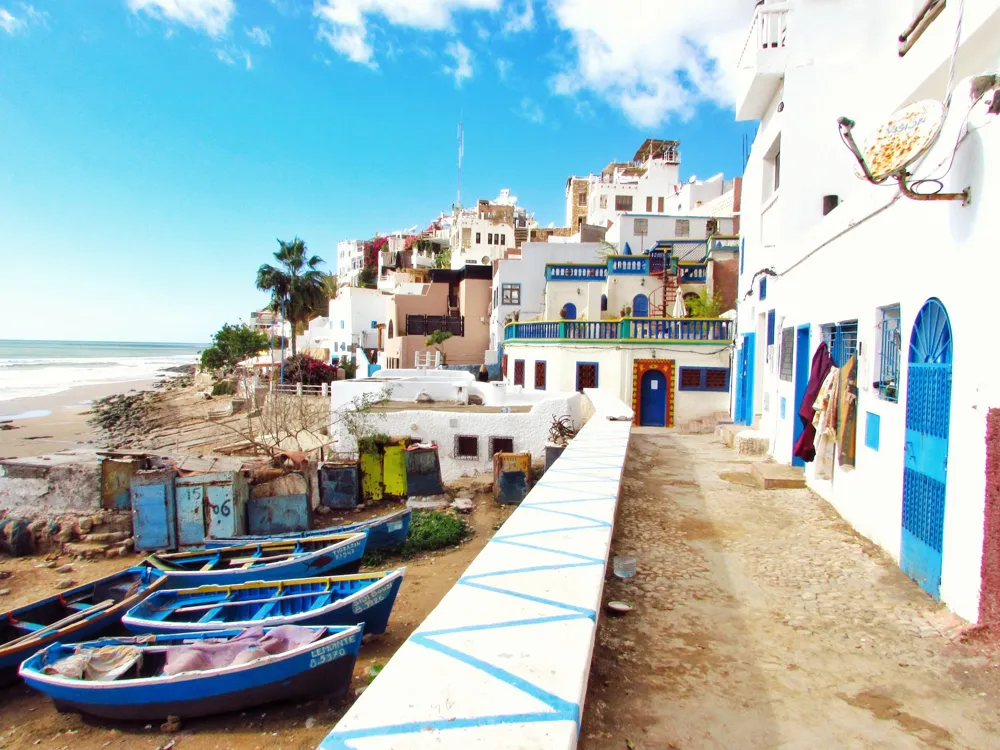Marrakech Museum, nestled in the heart of the old city of Marrakech, Morocco, stands as a beacon of cultural heritage and historical significance. This museum, housed in the Dar Menebhi Palace, which dates back to the late 19th century, offers a mesmerizing journey through Morocco's rich history and artistic prowess. The palace itself, a masterpiece of Moroccan architecture, was beautifully restored and converted into a museum in the late 1990s, opening a window into the country's opulent past. The museum's collection encompasses a wide array of artifacts that paint a vivid picture of Moroccan life through the ages. From traditional Berber carpets, intricately designed pottery, and ancient coins to stunning examples of Moroccan calligraphy and manuscripts, each exhibit in the Marrakech Museum is a thread in the tapestry of Morocco’s diverse cultural heritage. The museum also hosts contemporary art exhibitions, bridging the gap between the historical and the modern, and highlighting the evolving nature of Moroccan art and culture. Visitors to the Marrakech Museum are often captivated by its central courtyard, which features a large chandelier and a stunning mosaic-tiled floor. This courtyard, an epitome of traditional Moroccan architecture, serves as a serene oasis, inviting visitors to reflect on the beauty and intricacy of the art and artifacts surrounding them. The museum not only showcases Morocco's past but also provides insightful context, helping visitors understand the country's cultural evolution and its place in the broader tapestry of world history. The Marrakech Museum, a jewel of Moroccan architecture, is a splendid example of the blend of traditional Moroccan and Andalusian styles. This architectural marvel is located in the old city's heart, housed in the Dar Menebhi Palace, built at the end of the 19th century. The palace was meticulously restored and repurposed as a museum, preserving its historical grandeur while adapting it to a modern cultural role. The building's architecture reflects the sophistication of Moroccan artisanship. The intricate zellige tilework, carved wooden panels, and ornate painted ceilings embody the meticulous attention to detail and the rich aesthetic sensibilities of Moroccan artisans. These elements come together harmoniously, creating an ambiance that transports visitors back in time to a period of lavish opulence. One of the architectural highlights of the Marrakech Museum is its central courtyard, which features a stunningly large brass chandelier, a symbol of luxury and grandeur. This courtyard, with its open-air design, allows for natural light to brighten the space, highlighting the intricacies of the mosaic tiles and carved details. The harmonious blend of light, art, and architecture in this central space creates a serene and contemplative environment, ideal for appreciating the beauty of Moroccan design. The museum’s layout is a testament to the ingenuity of Moroccan architecture, with rooms and galleries organized around the central courtyard. This design reflects the traditional Moroccan riad structure, promoting a sense of community and openness while maintaining privacy and tranquility. Each room in the museum is a treasure trove of history and art, with the architecture itself serving as a backdrop that enhances the overall experience of the visitors. The best time to visit the Marrakech Museum is during the cooler months from October to April. During these months, the weather in Marrakech is more comfortable for exploration. Early mornings or late afternoons are ideal to avoid crowds and experience the museum in a more intimate setting. Visitors are advised to dress modestly out of respect for the local culture. Comfortable walking shoes are recommended as the museum involves a considerable amount of walking. It's also important to be mindful of the cultural significance of the exhibits and behave respectfully while exploring the museum. Photography is generally allowed in the Marrakech Museum, but it is advisable to check for any specific restrictions in certain areas. Using flash photography is often prohibited to preserve the artifacts. Always be respectful and avoid disturbing other visitors while taking photos. Consider opting for a guided tour to gain deeper insights into the history and significance of the exhibits. Guides can provide valuable context and stories that enhance the overall experience of the museum visit. While the Marrakech Museum is an old building, efforts have been made to improve accessibility for visitors with mobility issues. However, it's advisable to check in advance regarding specific accessibility needs. Reaching the Marrakech Museum is relatively straightforward, whether you are staying in Marrakech or visiting from outside the city. The museum is located in the old city, known as the Medina, and is accessible by various means of transportation. For those staying in Marrakech, walking is often the best way to explore the Medina and reach the museum, especially if you are staying in one of the many riads or hotels in the area. The winding streets of the Medina are an experience in themselves, filled with vibrant markets and historic landmarks. For visitors staying outside the Medina or coming from outside the city, taxis are a convenient option. It's advisable to agree on the fare in advance to avoid any confusion. For a more local experience, visitors can also use the city's bus system, which is an affordable and efficient way to navigate Marrakech. For international travelers, Marrakech Menara Airport is the nearest airport, and from there, you can take a taxi or arrange for a hotel shuttle to reach Medina. Once in the Medina, the museum is within walking distance from many of the central landmarks. Read More:Overview of Marrakech Museum
Architecture of Marrakech Museum
Tips When Visiting Marrakech Museum
Best Time to Visit
Dress Code and Etiquette
Photography
Guided Tours
Accessibility
How To Reach Marrakech Museum
Marrakech Museum
Marrakech
₹ 89,000 onwards
View marrakech Packages
Weather :
Tags : Museum
Timings : 9AM-6.30PM
Entry Fee : Dh 10
Planning a Trip? Ask Your Question
Marrakech Travel Packages
View All Packages For Marrakech
Top Hotel Collections for Marrakech

Private Pool

Luxury Hotels

5-Star Hotels

Pet Friendly
Top Hotels Near Marrakech
Other Top Ranking Places In Marrakech
View All Places To Visit In marrakech
View marrakech Packages
Weather :
Tags : Museum
Timings : 9AM-6.30PM
Entry Fee : Dh 10
Planning a Trip? Ask Your Question
Marrakech Travel Packages
View All Packages For Marrakech
Top Hotel Collections for Marrakech

Private Pool

Luxury Hotels

5-Star Hotels

Pet Friendly







